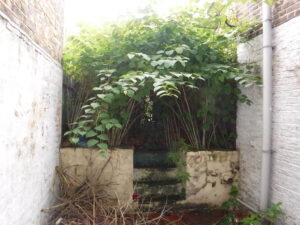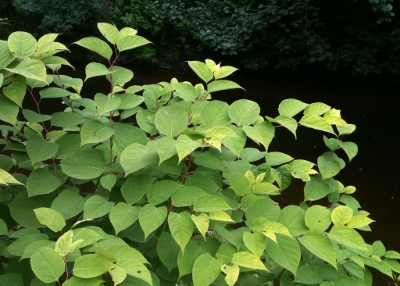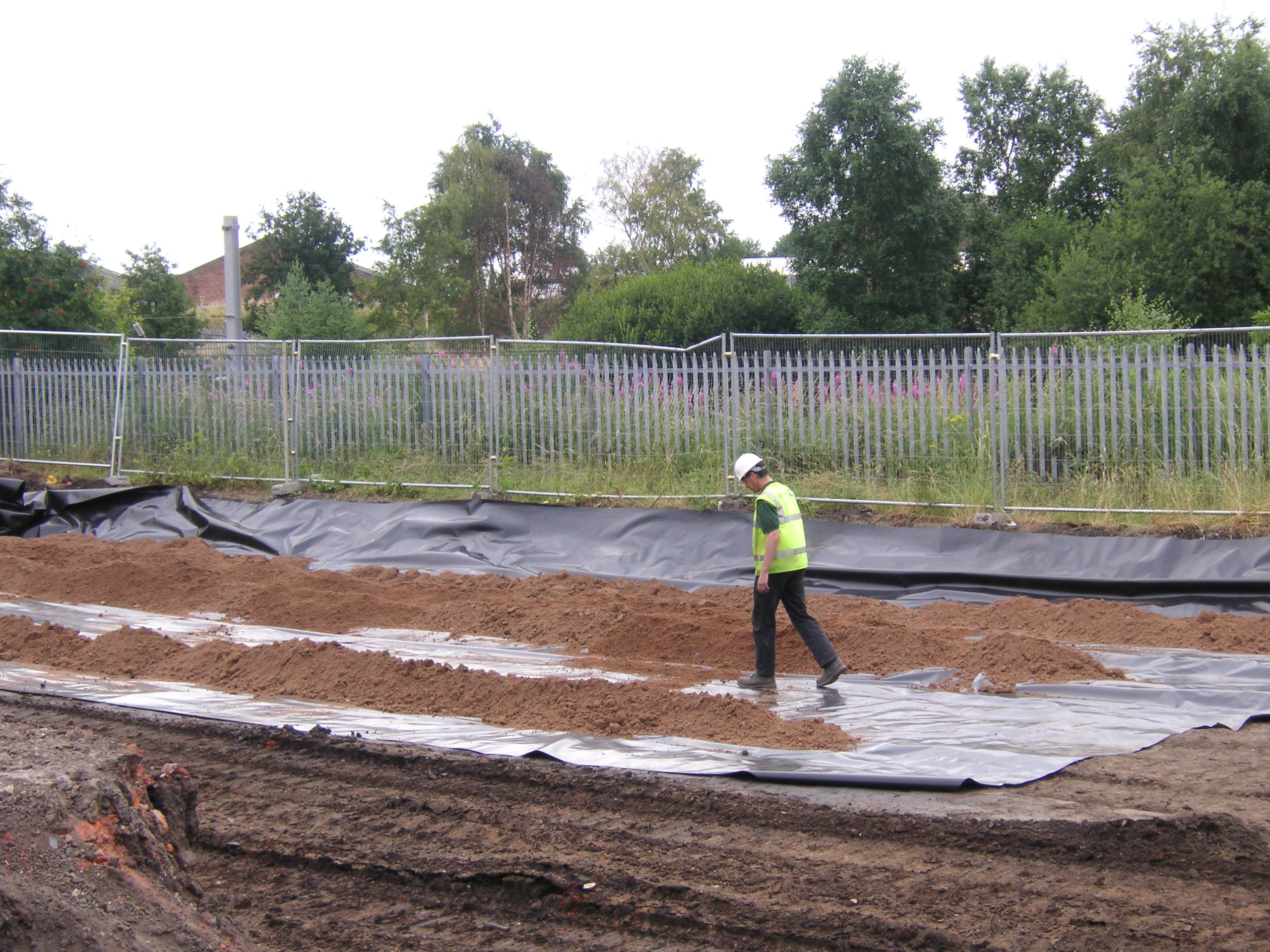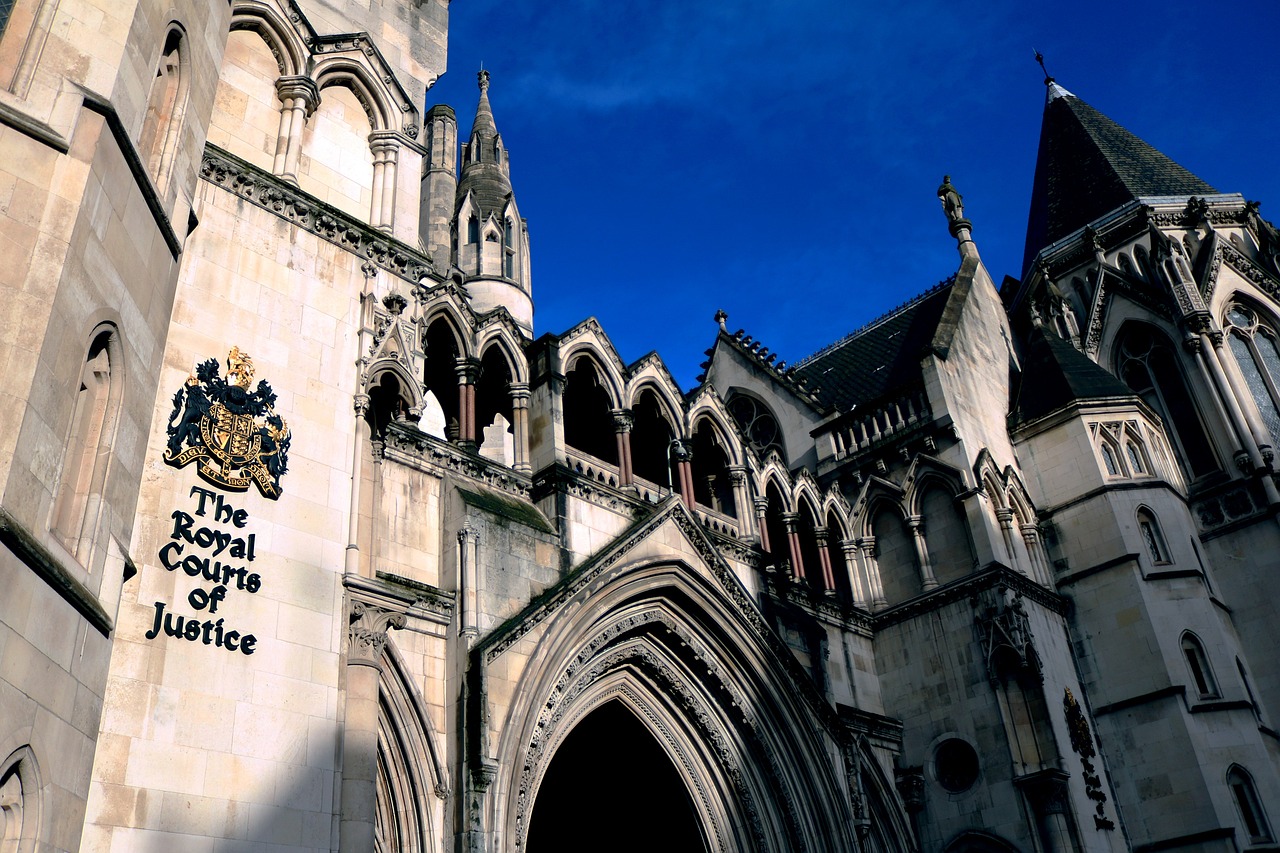Building on Land with Japanese knotweed
10-01-2023
Last updated 10-07-2024

Can you build on land with Japanese knotweed?
You can build on land that is affected by Japanese knotweed. However, building on land with Japanese knotweed will likely affect your options depending on what you want to build and how big the knotweed problem is. Some building activities will require full knotweed removal or treatment of the knotweed. You should discuss this with a professional knotweed treatment contractor.
What are the main issues for developers related to Japanese knotweed?
The main issue affecting developers with Japanese knotweed on a building site is the impact it will inevitably have on their plans. There are various treatment options that can be employed in different areas of a development site to save costs and manage knotweed risks. These should be discussed with an appropriately experienced and qualified Japanese knotweed specialist.
Is a Japanese knotweed survey required before commencing new property development?
As part of the due diligence ahead of developing land, the presence of knotweed should be picked up. However, unless a knotweed contractor is specifically contracted to conduct a Japanese knotweed survey, this can sometimes be missed.
Is planning permission required to build on land where Japanese knotweed is present?
Some local planning authorities apply specific Japanese knotweed conditions to planning permissions, whilst others do not. However, if knotweed is known to be present, it is unlikely that any planning authority would grant approval for development if the knotweed was not effectively dealt with first.
Should Japanese knotweed be removed before starting building work?
It depends on the specific plans for development whether or not Japanese knotweed should be removed before building works commence. However, it is often easier and cheaper for knotweed to be removed before any other building works commence.
Can I build on land with Japanese knotweed while it’s being treated?
It is usually not possible to build on land during the treatment of Japanese knotweed. Disturbing ground where knotweed has been treated with herbicide can cause it to regrow and spread, so it is best avoided.
Can property be devalued if it is built on Japanese knotweed?
If Japanese knotweed is not first removed before it is built upon, there will remain a risk that knotweed could regrow. Without the guarantees that come from effective professional treatment, it will be very hard to obtain mortgage financing on knotweed-affected property, and this will usually result in the property being devalued.
Am I required to declare if building work has been done on land that once had Japanese knotweed?
Building works on Japanese knotweed affected ground ought to be declared to a purchaser so that they can enter the property transaction with their eyes open to the potential risks. If this is not done, there could be a risk of a claim of misrepresentation being levied at the seller, should knotweed return in the future.
Are there tax reliefs for developers building on land with Japanese knotweed?
There is no specific tax relief for building on land affected by Japanese knotweed. However, there are ways to recover Land Remediation Tax Relief if a developer needs to remediate the land by removing contaminants, which can include knotweed, before they build on it.
What action needs to be taken before building on land with Japanese knotweed?
If you intend to build on land that is affected by Japanese knotweed then you should remove the knotweed first. If you don’t, you risk spreading it. This could result in criminal or civil action against you.
Can you concrete over Japanese knotweed?
It is a common misconception that Japanese knotweed can grow through concrete.
It can exploit cracks and joins in concrete, but it won’t grow though a solid, impermeable concrete barrier. That being said, most concrete is laid in slabs that have gaps or joints at the edges. Thus, if you concrete over an area of Japanese knotweed, and as its underground shoots (rhizomes) can grow for several metres, it is often the case that new shoots will emerge from the edges or joints of the laid concrete.
Also, any rhizomes below the concrete could enter a dormant state, whereby they will remain alive, ready to regrow if and when the concrete is removed or when cracks might appear in it. The Environment Agency in England has stated that this dormant state can last more than twenty years.
Should I buy land for development that has a history of Japanese knotweed?
If you undertake the due diligence that will properly allow you to understand the Japanese knotweed risks affecting the land so that you enter the transaction with your eyes open, there should be no significant additional risk in buying and developing knotweed affected land.



